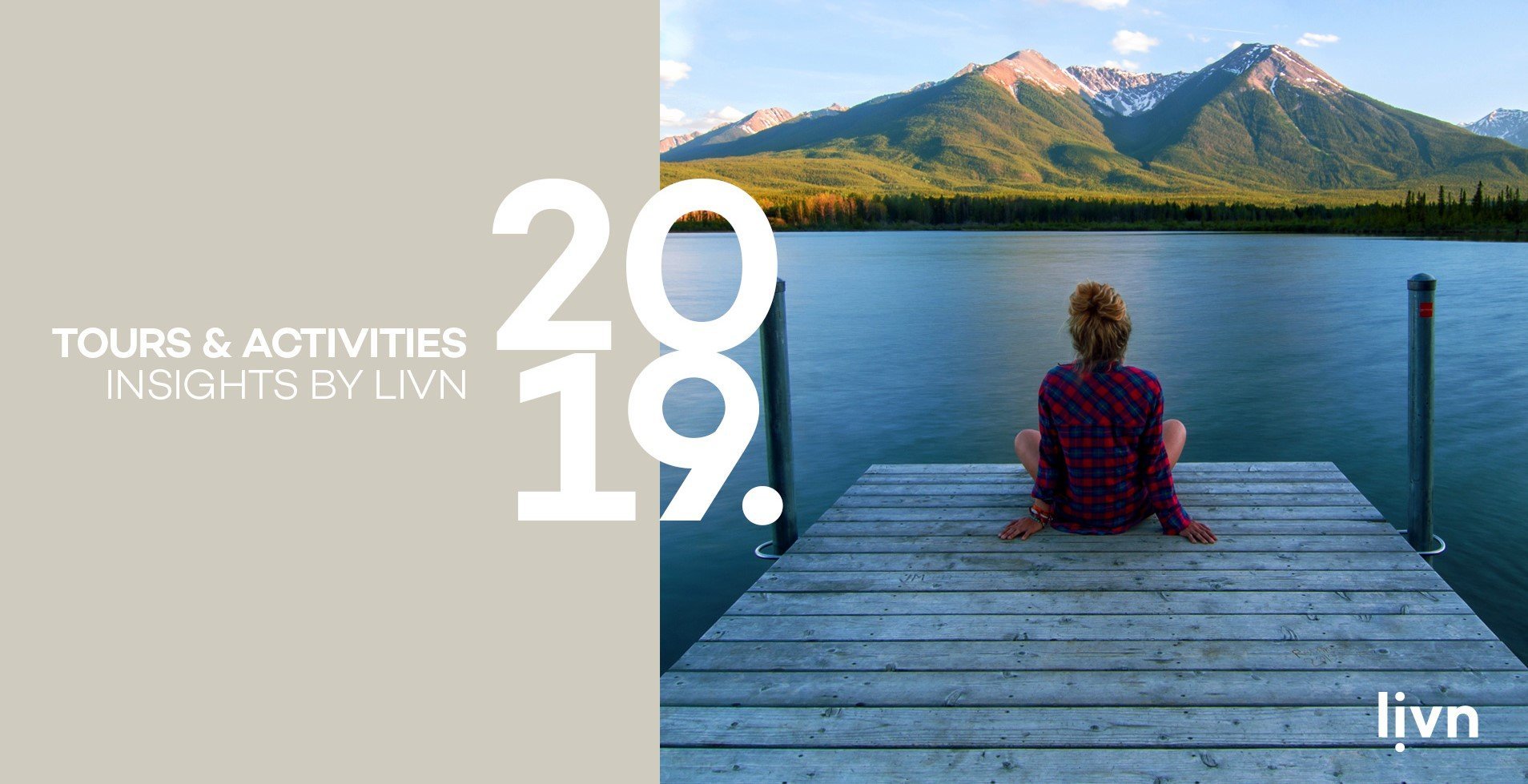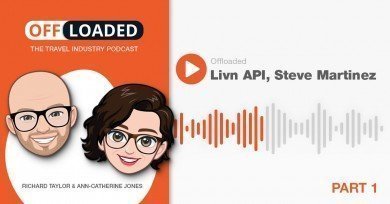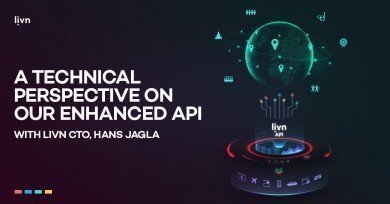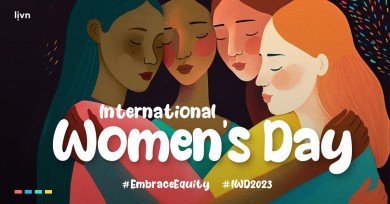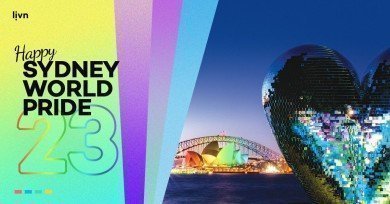Livn’s worldwide network of connected reservation systems, combined with its knowledge of the content held inside other reservation systems (not yet connected to the Livn network) brings an unparalleled insight into the hottest sector in travel industry.
Understanding the Tours & Activities Sector
Phocuswright Research shows that global T&A bookings have reached a value of $171bn in 2019, and are predicted to hit $183bn in 2020. This represents an increase in market value of $58bn since 2015. On the global stage, Europe is currently the leading provider of T&As, followed closely by North America and Asia.
The report says the T&A market is the fastest growing in the travel industry. It’s also the third-largest vertical, representing 10% of the total global travel market, surpassed only by airlines (40%) and hotels (23%) which have had plenty of time to secure their footing. And that 53% of all transactions occur just three days in advance of consumption.
In the T&A space, activities that last between 1-3 hours tend to be made most often when in-destination or just before travel. And prior to booking, 33% of travellers go online during their trip to find local activities, while 32% request more information from a T&A provider or reseller website before a booking is made. This data shows the need for tour operators to facilitate last-minute experiences with live, responsive booking capabilities.
About Livn's Insights
Over a period of three months, Livn collected data for all of the publicly viewable listing of tours & activities from major online distributors and combined these with the products from over 20 reservation systems connected to the Livn API. The result is that we have pieced together what we believe to be a great thorough look into distribution, product categories and similarities and trends across a total of 150,000 T&A products - one of the largest industry data sets researched to date.
By analysing the geographical distribution of the world's bookable experience products, as well as pricing data, and product descriptions, Livn’s insights confirm that the T&A sector is thriving. Further, several interesting pricing and marketing trends emerged from the research database, pointing to strategies that ambitious tour operators should consider adopting to beat the competition.
In particular, Livn's research first identifies that value-based differentiation within each niche is the key to tour operators commanding a premium price for their products. Further, Livn's research across how tour operators market their products (via searchable product title and description texts) shows that there is a huge competition for customer attention for certain 'busy' keywords, and that there are 100 or so words that they should avoid using in order to avoid unnecessary competition for search rankings.
This is encouraging news for tour operators and distributors of T&A. While substantial challenges in the market still exist, as was discovered by Britain’s Thomas Cook in recent weeks, the world is covered by a strong network of independent tour operators ready to service end-customers. For them, Livn's insights demonstrate that there in most cases exist strong opportunities to grow their business further by taking a value-driven 'niche within a niche' approach to product differentiation, and a data-driven 'avoid the jargon' approach to keyword marketing. If done well, it is possible to both command a premium price and to stand out from the competition on search engine result pages.
Creating Authentic and Unique Products
Livn's insights found that among a sample of 3,800 T&A within its network in the company’s home country, Australia, most T&A products largely centered on the East Coast of Australia.
Differentiation is key and without this, it’s harder to charge a premium price. Taking surf lessons as an example, these can range from $32 to $260 depending on region. This shows that the local area has a direct impact on T&A sales, pricing, and experience. The scale in wine experiences, were found to be some of the most varied, spanning from $20 to $1,650.
Livn’s case study highlights the power of the unique offering and authenticity with the Bondi Walking Tour example. By taking a tour with a real ‘Bondi Lifeguard’, customers are treated to ‘behind the scenes’ tours of the beach seen in the TV show Bondi Rescue. For fans of the show, this is considered a luxury experience and for tour operators, this can command a premium compared to other offerings in the local area.
On the other hand some T&A products, such as skydiving, are inherently difficult to make unique and were found to be similar in price categories. Livn, however, provides further examples of how to differentiate even the most difficult of experiences. If tour operators focus on a specific niche they can create unique products specifically for them. Creating an adrenaline skydive experience, for example, where former military offer military-style jumps to appeal to experienced skydivers or those looking for an extra thrill.
Another example of differentiation for tour operators is to stack niche experiences together to make them more exclusive. For example combining a walking tour with a photography class, helping visitors to get the most Instagram-worthy shots in the best locations.
Using the Right Marketing Keywords To Sidestep the Competition
Livn also provides other unique insights in their data by highlighting the common mistake of tour providers when it comes to marketing products. Livn’s research includes a detailed analysis of consumer keywords for T&A. Analysing the over 19 million words used to describe the 150,000 products in the database for trends and similarities, it quickly becomes apparent that most tour operators try to market their products using words that emphasise uniqueness, personalisation, and convenience, such as 'private tour', 'local guide', and 'hotel pickup'.
However, since thousands of other tour operators are using the same terminology to describe their experiences, an operator trying to stand out from the crowd should consider using synonyms to describe their content. Some examples include offering a 'custom sightseeing walk' instead of 'private tour', saying that 'your host grew up in the region' instead of marketing a 'local guide', and perhaps emphasising that you offer 'convenient transport' instead of that 'hotel pickup'.
Livn’s language analysis suggests that although it may be prudent for an operator to stick with industry jargon to some extent, there is the potential to capture additional customer searches by also using less frequently used words and phrases in the marketing material. The world's largest distributors will always have a bigger marketing budget than any operator, and one of the few ways to 'beat the competition' when it comes to Google searches is to avoid those keywords where the competition is the greatest.
In Conclusion
Tours and Activities hold power in the global market and the insights outlined above allow tour operators a view of the sector as a whole to plan strategies effectively to get ahead of the competition.
Livn’s insights provide an excellent resource for industry professionals. Particularly in an industry that has been slow to evolve and is plagued with problems like heavy fragmentation, incompatible platforms, and cost barriers that have persistently hindered tour operators.

